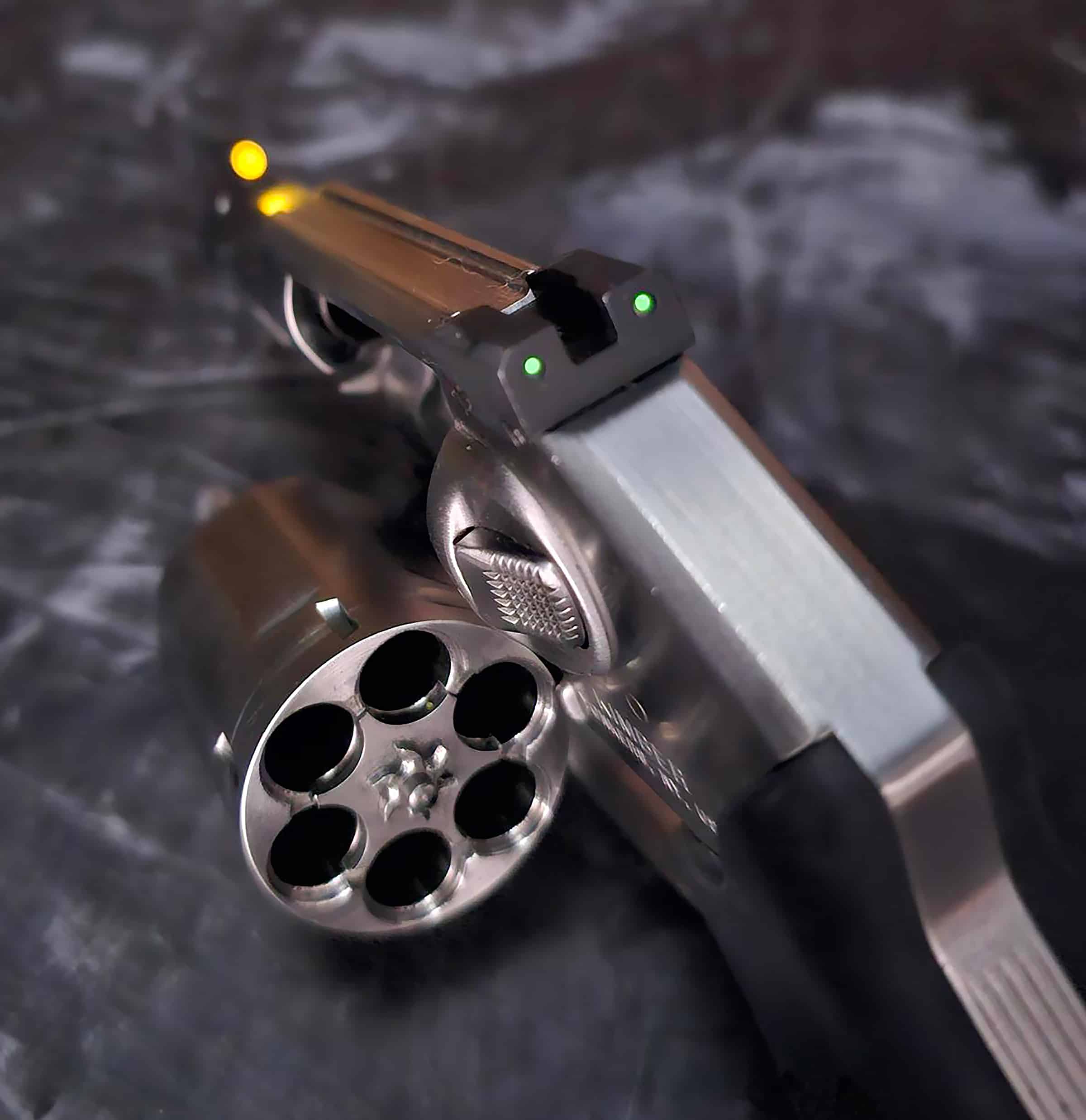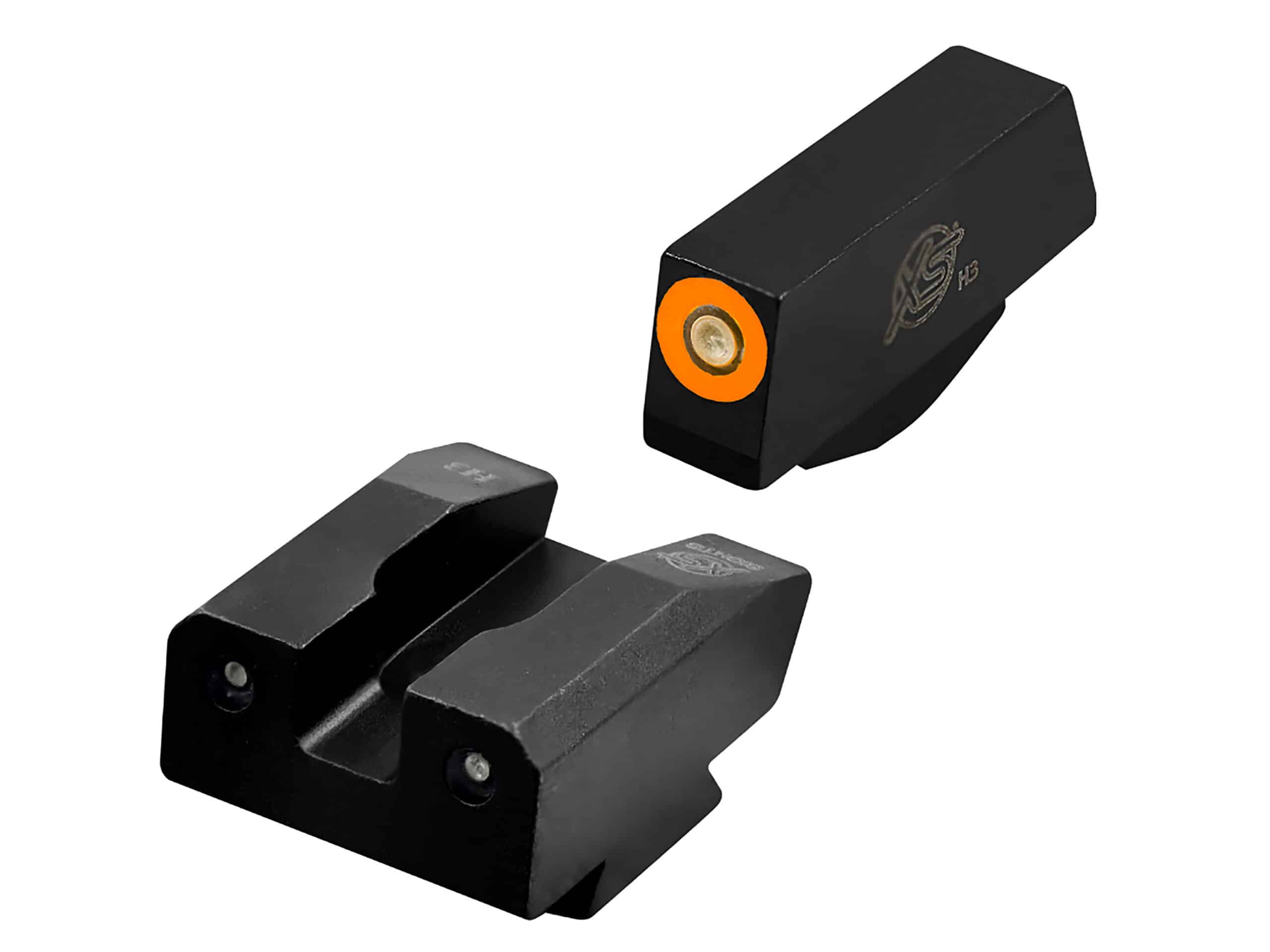Category: Gear & Stuff
“In some markets, the blade creates an image of a weapon. I have in mind creating a tool that would be useful for cyclists. Cyclists have a need for specific tools but not necessarily a blade,” he said. “We already have a tool specifically for golfers.”
Last week, Mr Justice Saini blamed the “plague of knife crime” in Bristol and surrounding areas for the murder of 16-year-old Mikey Roynon, a talented teenage rapper stabbed in the neck at a house party in Bath.
The same week, a 15-year-old boy who stabbed another teenager in the heart in full view of pupils leaving a primary school in Leeds, was found guilty of murder.
It came amid reports of soaring demand for body armour for shopping centre security staff amid a 65% rise in violent and abusive incidents in the past two years.
Under UK law, a person can only carry a knife in public if it has a folding blade that is less than 3in (7.62cm) long.
For all other knives, it is illegal to carry them in public without a good reason, which can include needing the knife for work, wearing it as part of a national costume or for religious reasons, such as the curved kirpan knife carried by some Sikhs.
Elsener said Victorinox was responding to the tightening of regulations by developing blade-less tools for specific outdoor activities or sports.
Victorinox produces about 10m of the pocket tools each year. There are about 400 different types to choose from, including one that boasts 73 functions. They have even been carried into space by Nasa astronauts.
However, until now they have always had at least one blade.
The company has already had to adapt its products to tightened restrictions on carrying knives and in the aftermath of 9/11 the company’s sales fell by 30%.
Even in Switzerland, the home of the brand, there has been discussion about what people are permitted to carry. In 2016, there was a parliamentary debate about banning blades longer than 5cm. One MP even asked: “Will the famous Swiss army knife be forbidden?” The proposed amendment was dropped.
The Swiss army knife was first developed in Ibach, Switzerland, in 1891 and was orginally referred to as an Offiziersmesser, or officer’s knife, as the company had a contract to supply knives to the army.
The product was given the name Swiss army knife six years later.
Paul Curtis, the self-proclaimed “Father of the Riflescope”, was a flamboyant character and had a well-deserved reputation for being a remarkable wingshooter and a fervent big-game hunter.

Talk about macho. Paul Curtis embodied what most early 20th-century men wanted to be. He was an expert swordsman with foil and saber. He was an excellent shot with rifle and shotgun. He took extended hunting expeditions and was an avid hunter, as evidenced by 33 years of game records. He was commissioned as a captain in the United States Army in 1917 and served in World War I and again in World War II. He was an able cowboy, being able to stay aboard a bucking bronco as well as the average wrangler, and he lived for the outdoors.
While readers today probably have never heard of Curtis, during the first half of the 20th century, he enjoyed significant influence within the shooting industry. From 1919 until 1934 he served as the shooting editor of Field and Stream, authored several highly respected books on various shooting-related topics, and was an early champion of the modern riflescope.
Paul Alan Mackenzie Curtis was born in 1889 in New York. He was educated in engineering and business in New York City and Glasgow, Scotland. He considered the British Isles to be his mother country and spent much time in Scotland, where he hunted grouse at every opportunity.
He was eccentric to say the least, often parading around New York City in a Mackenzie kilt with Scottish adornments. He was an accomplished polo player. He often acted in plays and was a member of the Players Club of New York. According to one biographer, he was so good he could have had a professional career.
Captain Curtis was a “zealous” hunter throughout his life. And while he kept game records for at least 33 years, his records were not complete. He started his game register in 1905 at the age of 16, and it included entries running through 1938. His “hunting diary” accounted for 36 species of game, but grouse hunting in Scotland seemed to be his passion. His favorite shotgun was made by Grant, but he was known to shoot several brands, and he was proficient with them all. One shooting companion said that when he served as the shooter for organized dog trials, Curtis could shoot all day without a miss.
He also loved learning about hunting and gun-related topics, and he gleaned information from anyone associated with the subject, including well-known experts as well as game trackers. As I said earlier, he used his knowledge successfully as shooting editor for Field and Stream. Later, he worked for National Sportsman (1937–1939). He also wrote a number of books about hunting and shooting, with Guns and Gunning, The Highlander, and Sportsmen All receiving high praise.
In his writings during the first half of the 20th century, he did much to promote the use of scopes on big-game rifles. He proclaimed himself the “father of the telescopic sight in America” because of his early testimonials to the riflescope’s value. He did a lot of experimenting with riflescopes from about 1920 through 1925, once stating that his favorite rig was a Mannlicher-Schönauer with a Kahles 4X scope. He claimed that as a result of his writings, riflescope sales soared.
Renowned wingshooter, hunter, conservationist, and outdoor writer Nash Buckingham (1880–1971) wrote of Curtis, “No American writer of shotguns, rifles, pistols, and revolvers, and their ammunitions, powders, scientific angles, applications, and ballistic variants, has been better equipped than was Curtis to depict and analyze that field clearly and critically. He never merely glamorized some new-fangled weapon or cartridge in order to boost its advertising appeal.”
In 1939, while hunting in Scotland, Curtis joined the Seaford Highlanders and had the distinction of being the first American commissioned in World War II. He served primarily as a firearms instructor; however, he suffered severe lung damage. After the war, he continued to hunt as much as possible, often on protracted expeditions, but his injuries from the war eventually put a stop to his enjoyment of the outdoors. Depressed due to his failing health, he took his own life in 1943 at the age of 54.
The average hunter today surely doesn’t think of Paul Curtis when his or her scope’s crosshairs are centered on a big buck, but Captain Curtis’s legacy is certainly present. I wonder if riflescopes would be as prevalent as they are today without the efforts of this eccentric and interesting man.
Owners of the Kimber K6s compact, stainless-steel revolver who have trouble seeing their factory sights or simply wish to upgrade for better front sight visibility, day or night, now have the option of adding the XS Sight R3D Night Sight — a 3-dot tritium notch and post sight.
The R3D front sight is equipped with XS’s proprietary Glow Dot with tritium center for dual illumination. The Glow Dot absorbs ambient light and glows in low light while also absorbing light from the tritium which continually charges the dot. This makes the front sight glow even brighter than the tritium rear sights which drives focus toward the front sight and downrange threat, enabling faster and more accurate target acquisition.
The high-contrast colored front sight is available in Orange or Green. The 2-dot, blacked-out tritium rear sight illuminates to facilitate proper sight alignment without outshining the front sight for accurate indexing.
R3D sights are CNC machined from solid steel bar stock by XS Sights’ in-house machine shop in Ft. Worth Texas and have a 12-year warranty on the tritium.
Gunsmith installation of these sights is recommended for the Kimber K6s as the front sight will need to be drilled for the retention pin. The R3D sights do not fit the Kimber K6xs.
The front sight retails for $73 and the front and rear sight set retails for $138. All XS Sights are backed by XS’s 30-Day Satisfaction Guarantee. For more information, visit XSSights.com.
Because the composite armor inside are flat sheets. It’s just easier to have blocky shapes to contain these.
When armor was just made out of homogeneous steel, casting was an option. You’d design it to have the most slippery angles for shells to bounce off of.
Near the end of the WW2 saw 2 new types of penetrators being developed. 1) Kinetic penetrator : tungsten darts (later, depleted uranium darts). These can go deep.
2) The Germans built some 8 million shaped charges that tore up steel like cardboard.
During the 1970s, the engineers in UK developed Chobham armor. Instead of one single piece, it would have many sheets of armor incased in rubbery plastic.
(Soviet composite above)
These can defeat both types. The jet from a shaped charge would be warped because of the rubber. Even if it penetrates one layer, the next layer would warp and redirect the jet, making it useless.
Rubber can break the kinetic penetrator also. Not by itself; but by spreading metal sheets apart. (to one below that says “No rubber”: 2 sheets without rubber allow the penetrator to sail through).
Rubber when exposed to 1000 degree hot rod, would bulge up. That would push the metal plates away from each other. A penetrator caught between the two expanding plates break into pieces.
In the West, one or a few of sheets are made out of very hard ceramic (like boron or silicon carbide) or dense depleted uranium. That could blunt the force quite a bit, and the subsequent layers can break the penetrator apart.
Because of these flat internal layers, modern armors are blocky. (Even if they look vertical, often what’s inside are slanted.)
If you look at modern armor on top, you can see the sides are not thick. Much like WW2 German tanks, most of the modern armor is concentrated on the front. (You can see the cheek armor containing the composite plate.)
Japanese Type 90 above, South Korean K-2 Black Panther below.
Because of the weight, most tanks cannot have thick turret sides, however (Leopard 2 below).
The turret of Challenger 2 has one of the beefiest sides. It it still may not protect from a perpendicular shot from the side. But the cone of protection could be as wide as 90 degrees. (This also makes it one of the heaviest tanks too. Composite armors are not light).
The Russian T-90 uses an interesting design of making the cheek armor wider. This arc also looks to be about 60 degrees (30 degree to one side). You can’t even see the side of the turret unless it’s turned more than 30 degrees.
Europe has a lot of old bridges. Some of them could collapse under 62 tons of Challenger 2. That can limit the usefulness of heavier tanks. (This one does say 12t, what where they thinking driving a 50 ton M60?)
I put one on a 30-06 of mine and went to the range to zero it in. After a couple of round later, a few REALLY pissed off folks told me to leave. So learn from my mistakes okay? Grumpy

